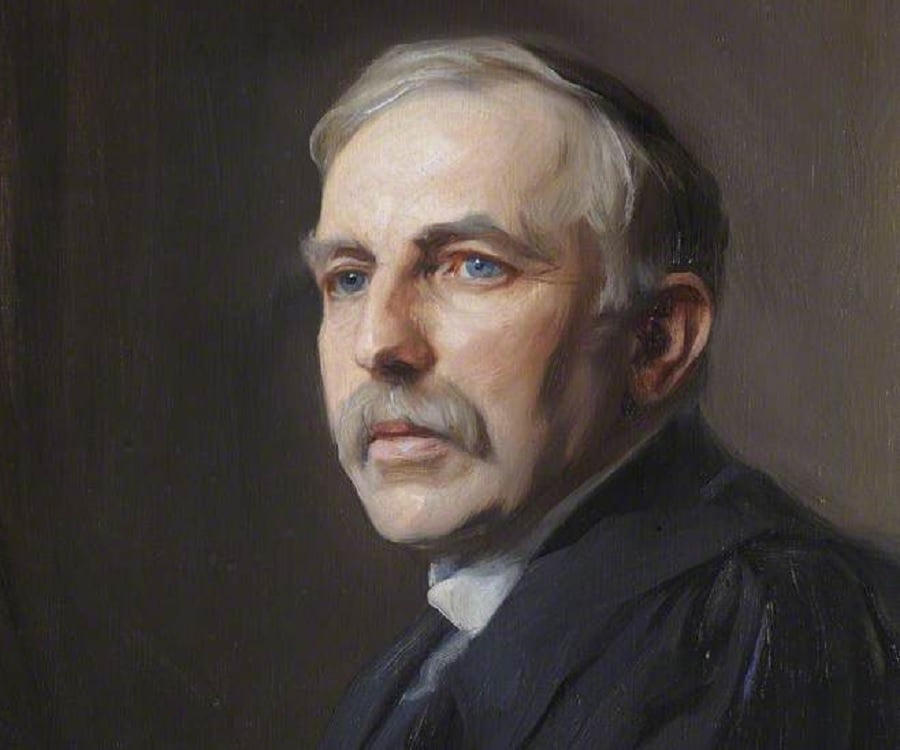Rutherford’s scattering experiment, also known as the gold foil experiment, marks a watershed moment in the field of physics, fundamentally reshaping our understanding of atomic structure. Conducted in 1909 by Ernest Rutherford and his research team, the experiment was pivotal in revealing the nuclear model of the atom, supplanting the earlier plum pudding model articulated by J.J. Thomson. This experiment not only sparked curiosity about the intricate architecture of the atom but also laid the groundwork for modern nuclear physics and quantum mechanics.
At the core of the experiment were three distinct types of radiation emitted by radioactive materials: alpha particles, beta particles, and gamma rays. Rutherford’s focus was primarily on alpha particles—positively charged particles emitted from certain radioactive isotopes. The experimental design entailed directing a stream of alpha particles at a thin sheet of gold foil, mere atoms thick. This seemingly straightforward setup engendered profound revelations about atomic interactions.
The initial hypothesis posited that alpha particles would predominantly pass through the gold foil without deflection, aligning with the then-accepted notion of atomic structure—a diffuse mass of positive charge interspersed with negatively charged electrons. However, as the experiment unfolded, unexpected results emerged, fundamentally altering the scientific discourse of the time. A small fraction of alpha particles were deflected at angles greater than 90 degrees, leading Rutherford to a remarkable conclusion.
Rutherford’s meticulous analysis revealed that atoms are predominantly empty space. The nucleus is the central feature, a dense core possessing a positive charge responsible for the repulsive force encountered with the alpha particles. The overwhelming majority of alpha particles traversed the foil with minimal interactions, while the unexpected angular deflections indicated the presence of a compact, positively charged nucleus. This counterintuitive observation contrasted starkly with prior theories and incited a surge of inquiries into atomic structure.
The implications of this discovery were manifold. Firstly, the existence of the nucleus suggested a dramatic reinterpretation of atomic theory. The nucleus comprises protons—positively charged particles—and, as subsequent studies affirmed, neutrons—uncharged particles—which collectively constitute the atom’s mass. This contradicted the prevailing belief that matter was a more homogenous entity devoid of such discrete structures.
Furthermore, Rutherford’s experiment underscored the notion of atomic stability. The model advocated that electrons orbit this dense nucleus, akin to planets around the sun, thus incorporating the principles of electrostatic attraction and repulsion. Consequently, this led to the embryonic development of quantum mechanics, as the behaviors of electrons necessitated a nuanced understanding separate from classical mechanics.
Despite the brilliance of Rutherford’s contributions, the quest for a complete understanding of atomic structure did not conclude with his findings. The nuclear model remained somewhat unsatisfactory, particularly in its inability to elucidate the arrangement and behavior of electrons in their orbits. This inadequacy was addressed by Niels Bohr years later, as he introduced quantized energy levels. Bohr’s model synthesized Rutherford’s groundbreaking insights with quantum theory, offering a more comprehensive explanation of atomic phenomena.
Rutherford’s scattering experiment also invoked intrigue regarding the forces governing atomic stability. The delicate balance of attractive forces within the nucleus, dominated by the strong nuclear force, and the repulsive electromagnetic forces among proton constituents, posed fundamental questions. The implications extended into realms of nuclear energy and radioactivity—as the year 1911 bore witness to the conception of nuclear physics as a discipline, catalyzed by Rutherford’s work.
The experiment’s legacy endured, establishing a cornerstone of scientific inquiry. It engendered further experimental pursuits by contemporaries such as James Chadwick, who later confirmed the existence of the neutron, enriching the understanding of nucleonic structure. The experiment stands as a testament to the rigorous methodologies employed by physicists and their commitment to deepening human comprehension of matter and the universe.
Furthermore, Rutherford’s groundbreaking work resonates beyond the confines of physics, permeating the realms of chemistry and materials science. The understanding of nuclear phenomena, derived from his insights, is integral to advancing technologies in energy production, medical imaging, and radiotherapy. The interdisciplinary applications of nuclear physics illustrate the experiment’s far-reaching ramifications, extending its influence throughout modern science.
In conclusion, Rutherford’s scattering experiment not only transformed our conception of atomic architecture but also fostered a paradigm shift within physics itself. By elegantly demonstrating the existence of the atomic nucleus, the experiment opened new avenues of inquiry for scientists, stimulating further innovations and discoveries. It serves as an enduring reminder of the quest for knowledge, the relentless pursuit of understanding the microcosm of the universe, and the awe-inspiring complexity of the atomic world.












